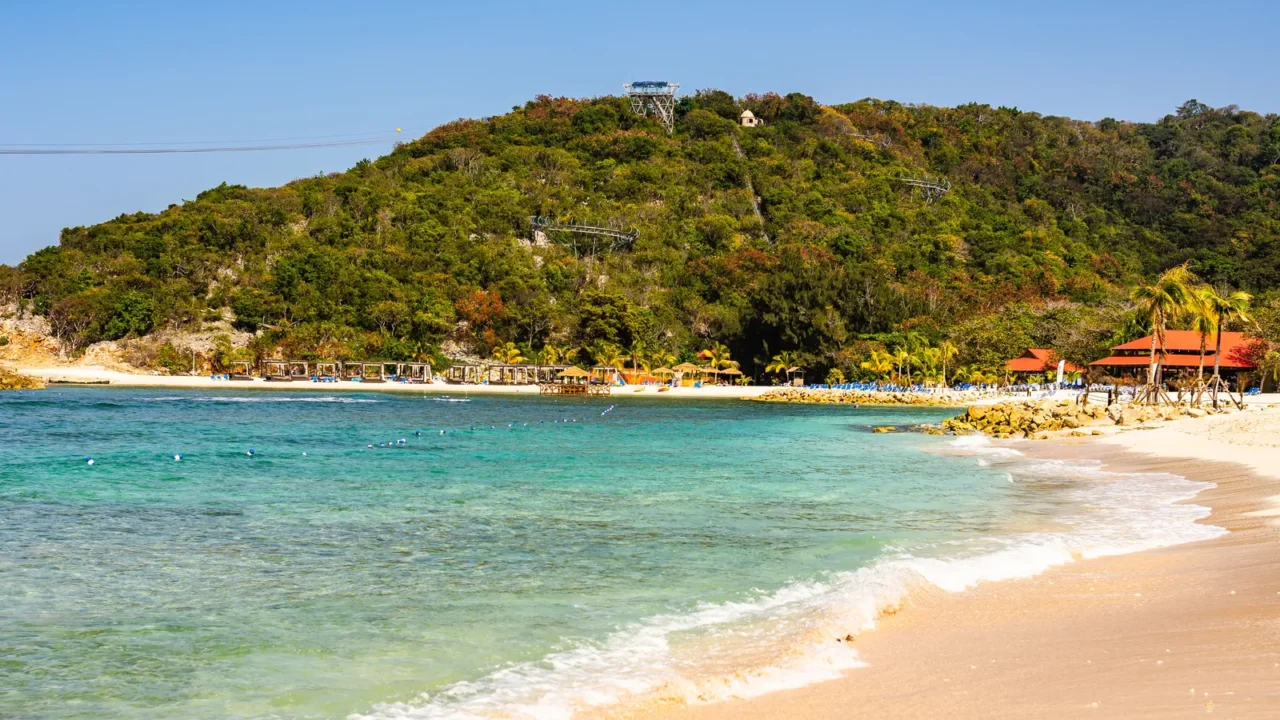
The Haiti airspace story
This journey begins with one of the most dramatic travel stories unfolding today. Haiti, the Caribbean nation of vibrant culture and deep history, now occupies headlines for a remarkable change in air travel access.
We explore why the skies over Port-au-Prince are off limits, how this impacts Haiti’s connectivity, and what the future might hold for travelers, locals, and the aviation world alike. It’s more than a travel advisory, it’s a story about resilience and restricted skies.
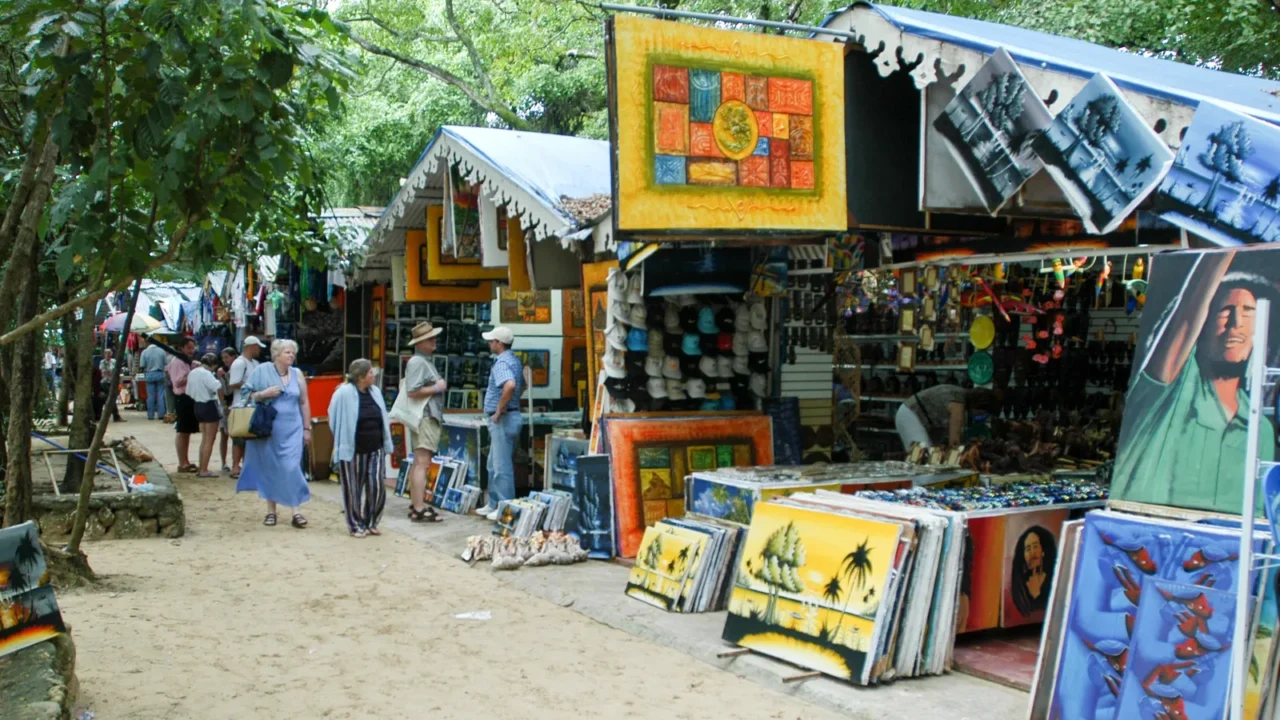
Haiti’s heart, Port-au-Prince
Port-au-Prince is Haiti’s capital, its cultural, economic, and political center. Nestled between the sea and hills, the city thrives with vibrant street markets, vibrant art, and resilient communities. Yet in recent years, it has also become a battleground of power struggles, with gangs asserting control in neighborhoods and around critical zones.
When nearly 90 percent of the capital falls under the sway of armed groups, the safety of low-level airspace becomes a serious concern. This is where the story of sky restrictions begins.
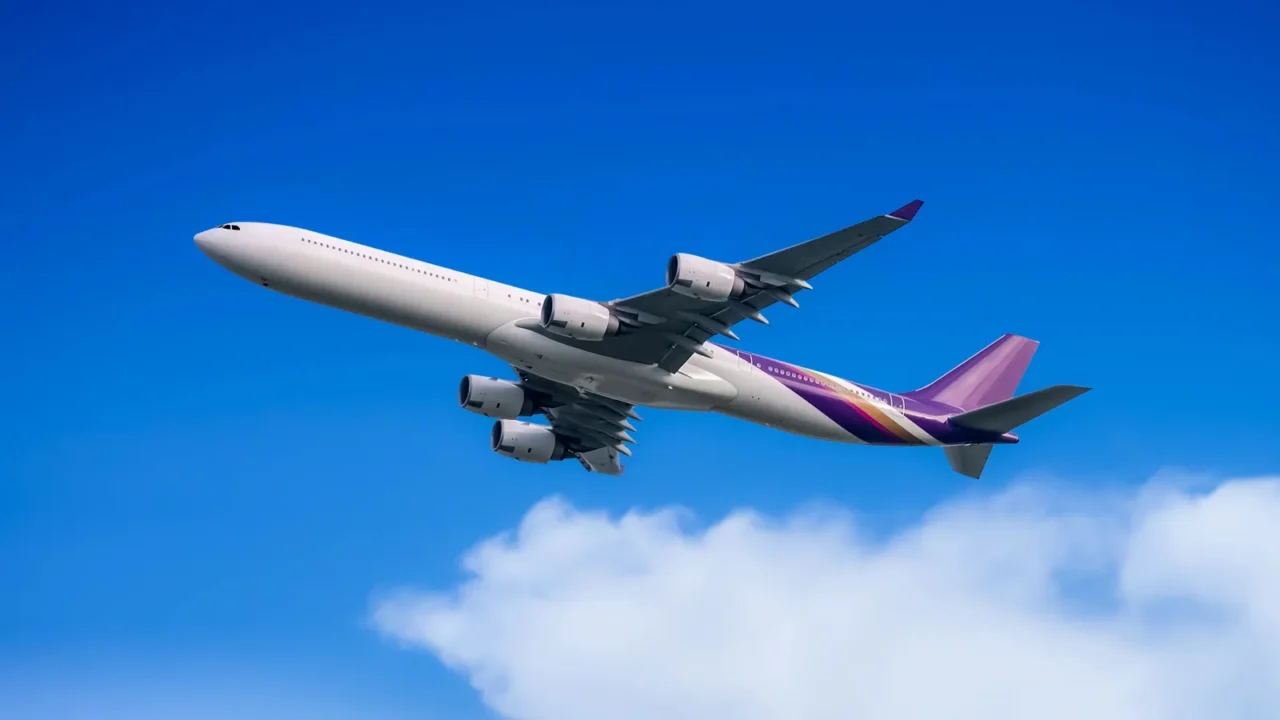
FAA’s bold move
In September 2025, the U.S. Federal Aviation Administration extended a ban on commercial flights to Port-au-Prince until March 7, 2026, citing major security concerns. The decision came after episodes of gunfire targeting aircraft and the recognition that gangs exercise influence over strategic areas around the city.
The rule allows U.S. planes to fly above 10,000 feet across the city but prohibits takeoffs or landings under normal conditions. This marks a significant step in striking a balance between safety and connectivity.
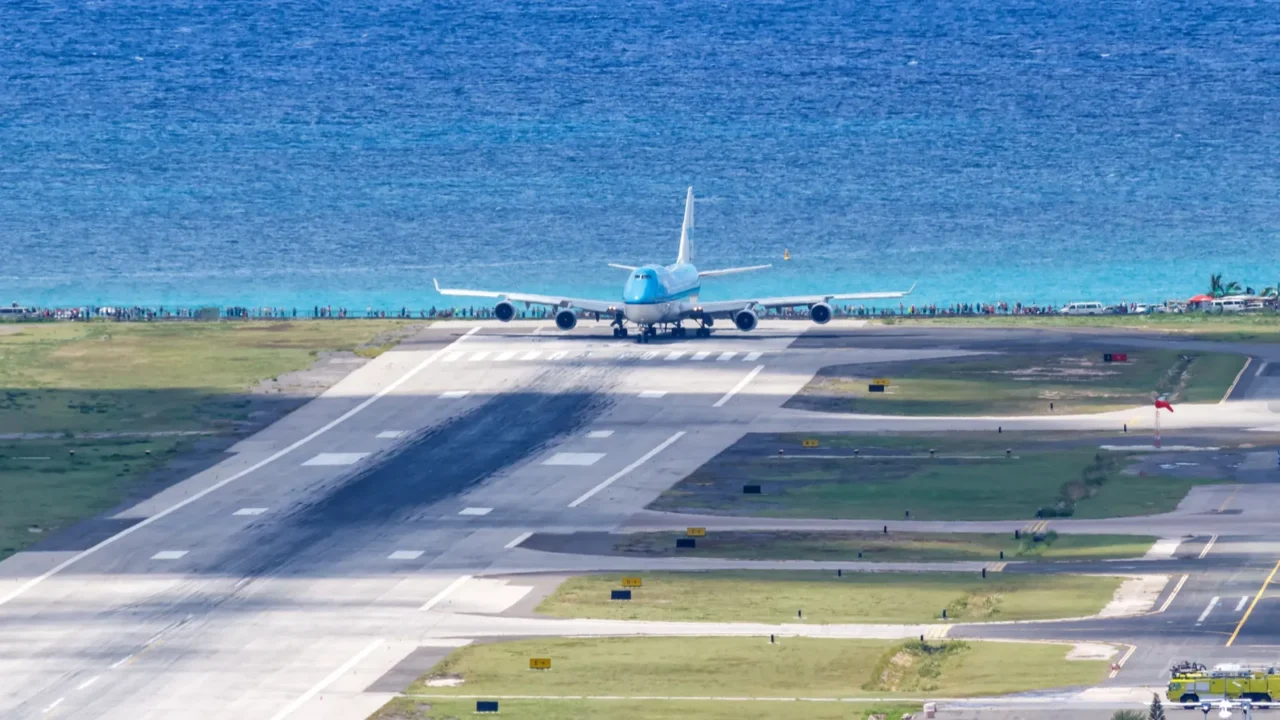
What triggered the ban
The initial ban was triggered after gunfire struck a U.S. commercial aircraft landing in Haiti in 2024, damaging the plane and equipment. Investigations found that gangs wield small arms fire and even unmanned drones in the vicinity of aircraft. Their reach now stretches into zones that were once deemed secure for aviation operations.
With nearly all of Port-au-Prince under gang control, the FAA judges that the threat is too high to lift the restrictions just yet. Every flight path remains risky.

Sky route and limits
Even with the ban, not all airspace is off limits. U.S. planes may transit over Port-au-Prince at altitudes above 10,000 feet. This allows for overflights but not actual approaches or departures to the city airport.
Meanwhile, U.S. flights to six northern Haitian airports, such as Cap-Haitien, Port-de-Paix, Pignon, Jacmel, Jeremie, and Antoine-Simon, remain permissible, offering a lifeline to northern Haiti. Still, the usefulness of those alternate airports is limited by unsafe roads and fragile security.
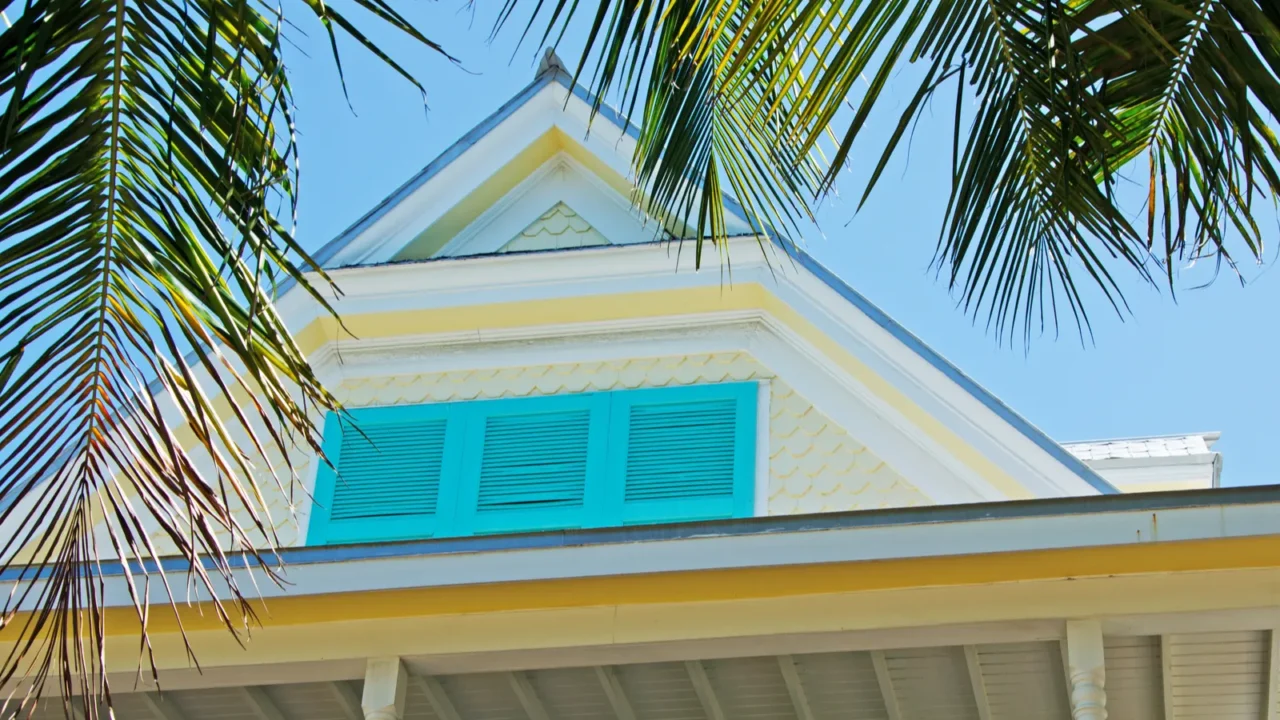
Northern Haiti: Safe havens?
Cities like Cap-Haitien and Port-de-Paix serve as fragile gateways when Port-au-Prince is cut off from direct service. These northern hubs receive flights and supplies, though reaching them overland is dangerous due to gang presence along highways. Travelers and aid groups must weigh aerial arrival plus risky road travel against direct but forbidden access.
In many cases, flying further north and then moving overland is the only option for reaching key destinations. This patchwork entry defines Haiti’s travel reality.

On the ground: Life amid restriction
For Haitians and visitors in the capital, the ban deepens isolation. Supplies, medical evacuations, and humanitarian support get delayed when air links are curtailed. More than ever, resilience means local adaptation. Security checkpoints, armored convoys, and shifting routes become part of everyday life in Port-au-Prince.
In northern towns, airports hum with activity, but the journey onward is fraught with danger. The skies may be safer, but the ground remains unpredictable.

The gang factor
The dominant gang coalition known as Viv Ansanm was designated a U.S. foreign terrorist organization in 2025. This group and allied factions now control vast stretches of Port-au-Prince and surrounding corridors. Their access to drones, small arms, and transit zones elevates risks near airports.
With infrastructure, roads, and neighborhoods under gang sway, aviation authorities say aircraft in low airspace are vulnerable. It’s a dangerous mix of geography and violence that reshapes Haiti’s air connections.

Haiti’s history in focus
Haiti’s story is one of revolution, endurance, and creativity. The first Black republic in the world, it won independence in 1804, preserving a vibrant mix of culture, art, music, and spirituality. Its cities echo with colonial architecture, lively street life, colorful markets, and resilience.
Yet decades of political instability, natural disasters, and economic struggle have compounded vulnerabilities. The flight ban adds another chapter, one in which Haiti’s connectivity is once again tested under fire.

Caribbean Shift: Regional effects
The flight ban reverberates across the Caribbean travel network. Tour operators cancel or reroute itineraries. Airlines face uncertainty about insurance and safety criteria in Haiti. Neighboring countries must absorb redirected traffic, creating pressure on airports in the Dominican Republic, Jamaica, Cuba, and Puerto Rico.
Local travelers may pay more or face longer journeys. Meanwhile, Haiti’s tourism potential suffers another setback. Many adventurous travelers, once drawn to history and culture, may now hesitate to plan trips.

Safety versus access
This story is measured in altitude: airlines push to maintain access through high-level overflights, regulators demand secure zones, and Haitian authorities struggle to restore stability. The FAA continues to monitor the security environment before lifting restrictions.
Meanwhile, Haiti’s government, UN forces, and international partners must cooperate to stabilize zones around the airport. The tough balance is clear: safeguard crews without completely isolating the nation’s air connections.
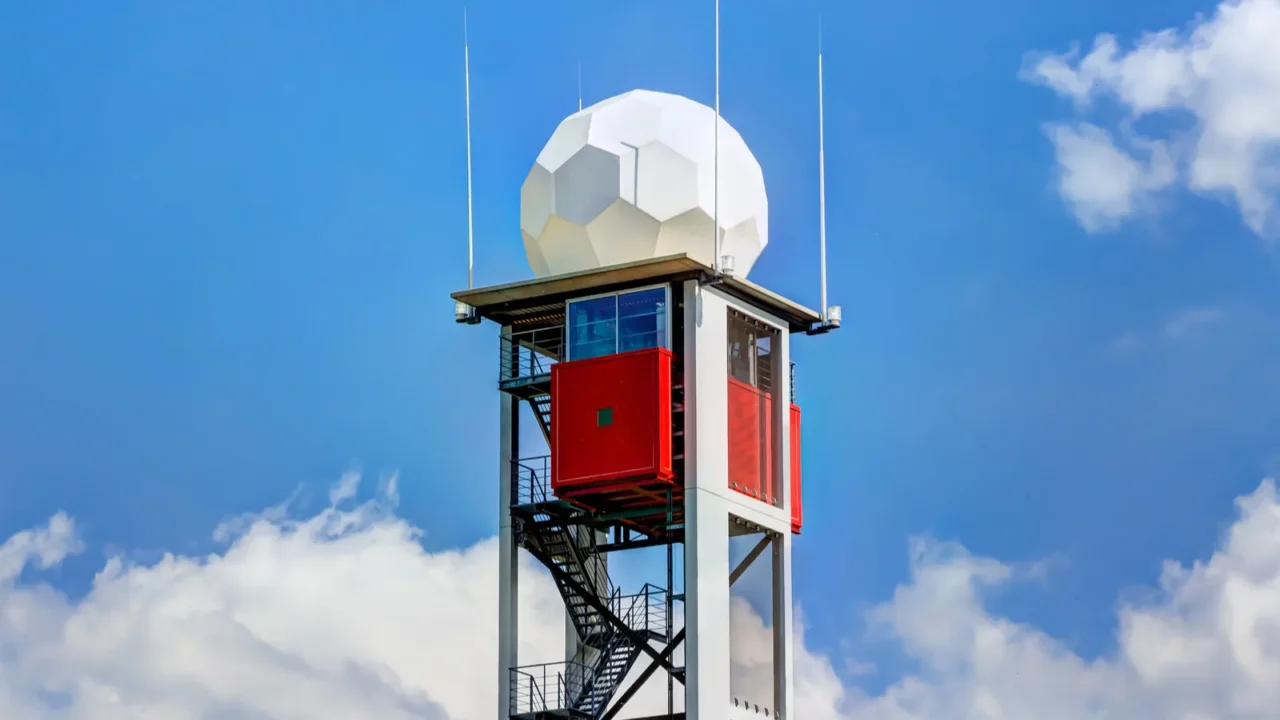
What must change first
Reopening safe aviation corridors requires reclaiming land, restoring the rule of law, and rebuilding trust. Haitian authorities must push back gang boundaries, secure neighborhoods near airport perimeters, and ensure transparency in security operations. International police or peacekeeping support may aid stabilization, but local leadership is crucial.
Investment in airport defenses, radar systems, and secure ground corridors will be necessary. Only once stability returns can the ban be removed and international confidence in flights to Port-au-Prince be restored.

What travelers must know
If you’re planning a Haitian getaway, here’s the reality, no U.S. commercial flights to Port-au-Prince until March 2026. You could still reach northern airports, but onward travel requires caution. Expect longer routes, possible delays, and sudden changes in advisories.
Travel insurance is essential, flexibility is key, and constant updates are necessary. Haiti remains a country of striking beauty and resilience, but right now it’s a destination that demands both patience and preparation.

Voices from the ground
Locals lament the deepening isolation. Small businesses reliant on imports struggle. Aid groups warn that medical supplies and food face delays or higher costs. Residents, already coping with shortages, feel the weight of disconnection.
Yet some remain hopeful that better security could one day restore Haiti’s links to the world. Amid hardship, artists, journalists, and everyday Haitians continue to share their stories, ensuring the nation’s spirit is not silenced, even when skies are closed.
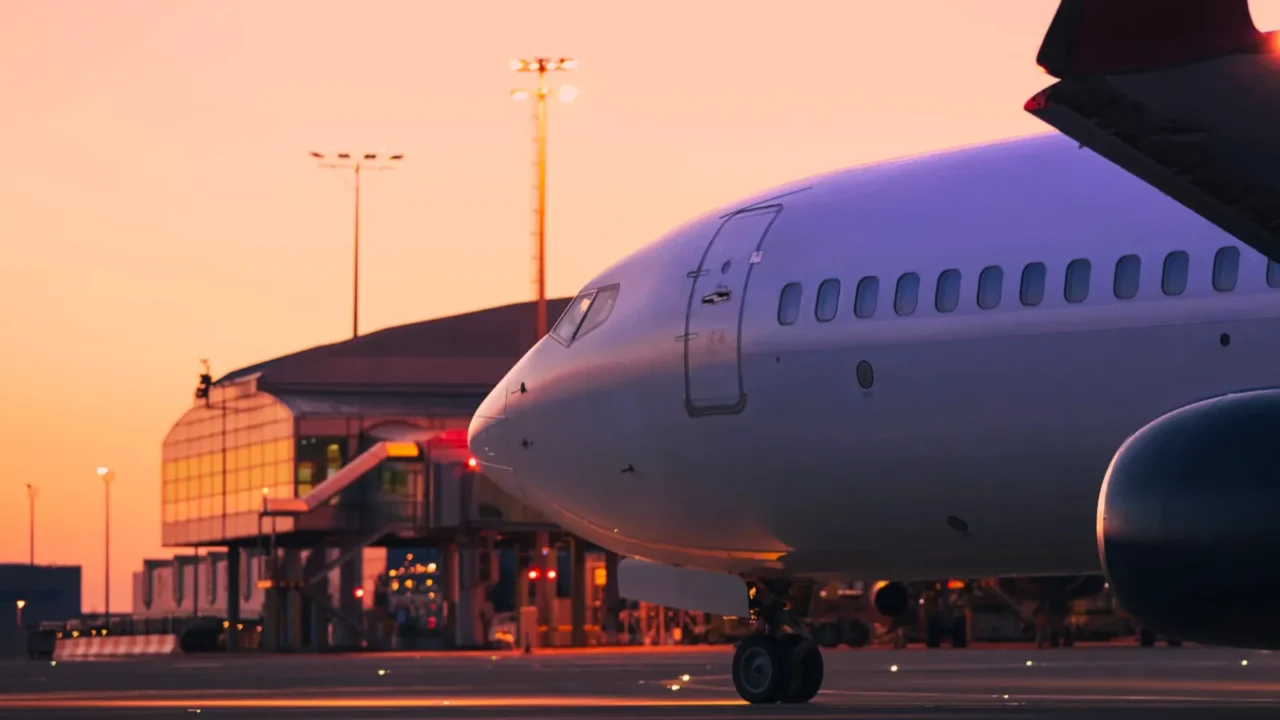
What the future holds
If stability improves and gangs lose control, the FAA may reconsider lifting the ban earlier. A gradual reopening of restricted airspace and phased resumption of flights could follow. But if violence persists, the ban may extend further, prolonging Haiti’s disconnection.
Travelers also face a shifting policy landscape in the United States, where Trump’s DOT cuts compensation for flight delays and cancellations have sparked debate about passenger rights. For those eyeing future trips to Haiti, the question isn’t just when the skies reopen but how much protection travelers will still have when flights resume.

The closing flightscape
This journey through Haiti’s sky ban shows how conflict, geography, and aviation intersect in dramatic ways. Travel is both fragile and inspiring, and Haiti’s air restrictions are more than just a regulation, they are a symbol of struggle and survival.
For any traveler, surprises happen. Knowing what to do if you ever miss a connecting flight is as vital as keeping track of advisories. The story of Haiti underscores how fragile global connections can be and reminds us that preparation, flexibility, and resilience make every journey possible.
Would you still plan a trip knowing the skies above Port-au-Prince are closed until 2026, or would you wait for Haiti’s future to unfold?
Read More From This Brand:
- Is That Flight Upgrade Really Worth It? What Experts Say
- No flights to Dubai? Why Delta and American Airlines avoid the UAE
- America’s tourism slump is making room for a new traveler
Don’t forget to follow us for more exclusive content right here on MSN.
This slideshow was made with AI assistance and human editing.